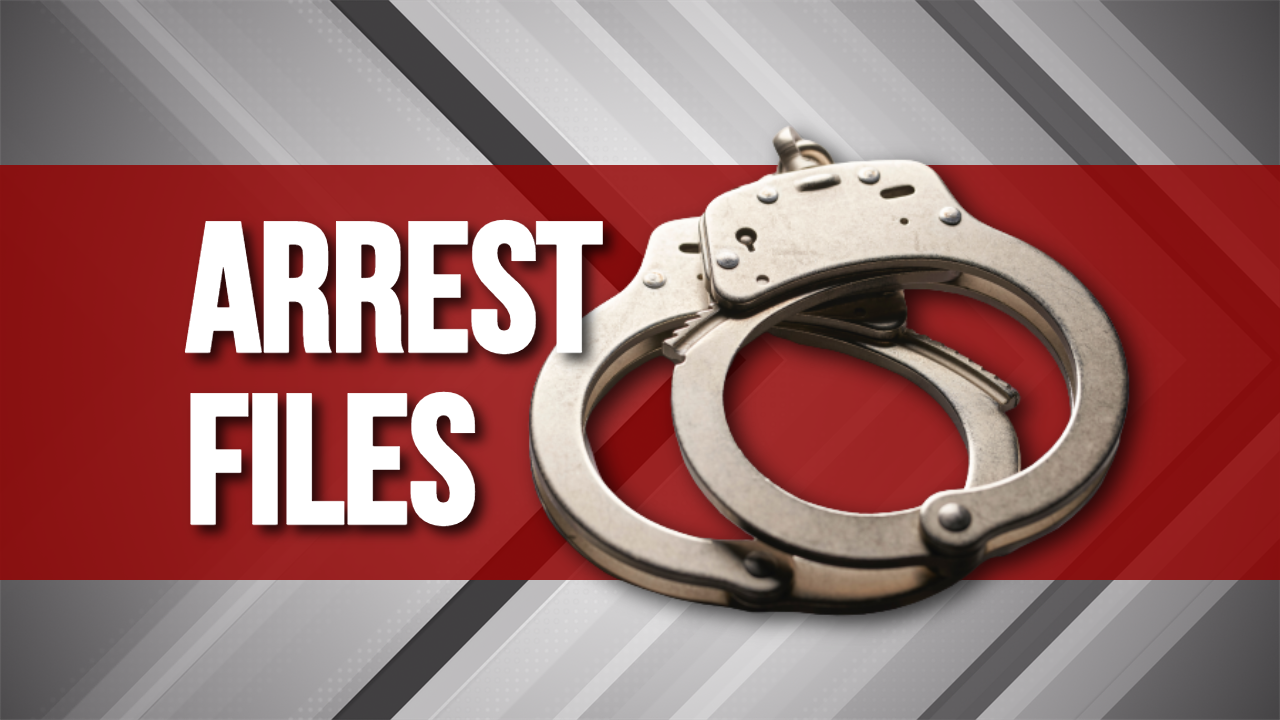
(NEW YORK) — Several dozen wildfires burning in Canada have led local authorities to declare states of emergencies and forced thousands of people to evacuate. Now, they are expected to send smoke drifting into the United States on Friday.
As of Friday, there are 174 active wildfires in Canada, with 94 of these considered to be “out of control,” meaning fires that are being observed and assessed, but not immediately suppressed, according to the Canadian Interagency Forest Fire Centre.
Smoke blowing into the United States
Some of the smoke from these fires will run along winds that are turning south in the coming days — carrying it into the United States.
Northern Minnesota, the Upper Peninsula of Michigan and most of Wisconsin are under air quality alerts, with the smoke considered dangerous for sensitive groups. Most people can still remain active outdoors, but should take breaks indoors and monitor if symptoms like shortness of breath or coughing arise.
Heavy smoke will reach Green Bay, Wisconsin, at approximately noon local time on Friday, creating hazy skies. Going into Friday afternoon and evening, noticeable smoke is expected over Michigan and Chicago.
Sunset in Milwaukee and Chicago on Friday may have an orange hue, as well, with heavy wildfire smoke projected to reach the area by nightfall and potentially spreading as far as Detroit.
The smoke will continue to disperse as it moves into Appalachia and the Southeast on Saturday, with another batch of smoke expected to travel into the Dakotas and Great Plains.
What we know about the fires
As of Friday, the areas in Canada with the most fires include British Columbia with 61 and Alberta with 51. The country is also now at the highest National Preparedness Level, meaning they have requested international help to put out the flames and equipment and personnel from every jurisdiction in Canada is being put to use.
Saskatchewan Premier Scott Moe declared a state of emergency for the Canadian province on Thursday amid a spate of wildfire outbreaks.
There were 17 active wildfires in Saskatchewan as of 11:30 a.m. Thursday, the Saskatchewan Public Safety Agency President and Fire Commissioner Marlo Pritchard said during an afternoon press conference.
Of those, three were contained, eight were not contained and five were under assessment, he added, while one was listed as “protecting values” — referring to a process of setting up tactics, such as water sprinklers, to guide the fire away from areas that could increase risk or damage.
“Travel may be impacted due to forest fires in northern Saskatchewan,” the Saskatchewan Highway Hotline said in a post on the Government of Saskatchewan’s Facebook page on Thursday afternoon.
“We’ve had to evacuate and support the evacuation of about 15 communities,” Moe said during the same press conference on Thursday.
He explained there has been a “significant lack of moisture” in the northern parts of the province causing “over 200 wildfires” in Saskatchewan this spring.
Amid his emergency declaration, wildfires continued to spread in the northern part of the province and into other parts of Canada.
The neighboring province of Manitoba had first declared a state of emergency on Wednesday as wildfires forced some 17,000 people to flee, according to The Associated Press.
Canadian Prime Minister Mark Carney offered “Canada’s full support” to the province in a post on X on Wednesday.
“The premier and I are in close contact, and the federal government stands ready to assist Manitoba’s provincial wildfire teams,” Carney wrote in the post.
The region saw 15 active fires as of Thursday night, according to the Canadian Interagency Forest Fire Centre.
ABC News’ Ellie Kaufman, Kenton Gewecke and Daniel Manzo contributed to this report.
Copyright © 2025, ABC Audio. All rights reserved.





